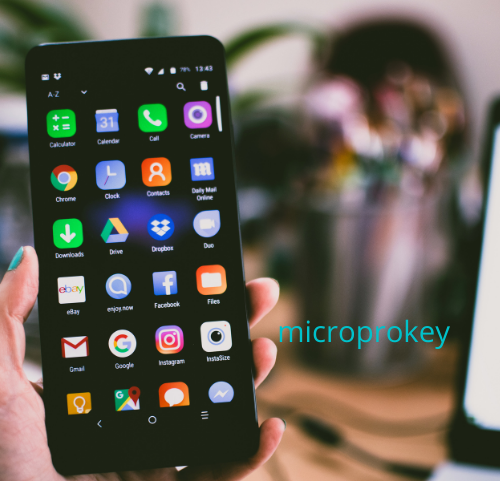If you’re not sure what Fast Startup is in Windows 10 or 8, or why you would want to enable or disable it, let us explain it to you.
In a nutshell, when you shut down your computer, Windows 10 doesn’t really shut down. It signs off your user account, but instead of shutting down, it hibernates the kernel. The next time you start up your computer, it doesn’t have to go through the lengthy process of initializing your devices and loading drivers. Everything is restored from the hibernate file. This makes startup faster.
If you have a solid-state drive (SSD), Windows 10’s Fast Startup may cause your computer to boot slower than it otherwise would. That’s because when you shut down your computer, Windows 10 isn’t just hibernating the kernel. It’s also writing a hibernate file to your SSD. On an SSD, this can cause unnecessary wear and tear.
If you have an older computer or if you simply want to maximize the speed of your computer’s startup and shutdown processes, you can disable Fast Startup.
Here’s how to disable Fast Startup in Windows 10:
1. Click the Start button and then click the Settings icon.
2. Click the System icon.
3. Click Power & Sleep from the left-hand menu.
4. Under Shutdown settings, uncheck the Turn on fast startup (recommended) option.
5. Click the Save changes button.
And that’s it! Fast Startup will now be disabled and your computer will shut down and startup a bit slower, but your SSD will thank you.
If you have fast startup turned on, Windows 10 will save a part of your system information to a file when you shut down your PC. This means that when you start your PC again, it can boot up faster because it doesn't have to reload all of your system files.
However, some people may not want to use this feature because it can cause some problems. For example, if you install a new driver or update a program, the changes may not take effect until you disable fast startup and restart your PC.
If you want to disable fast startup, you can do so from the power options menu. To get there, you can either search for "power options" in the Start menu or go to Control Panel > Hardware and Sound > Power Options.
Once you're in the power options menu, find the "Sleep" section and expand it. Then, look for the "Allow wake timers" option and disable it.
Now, when you shut down your PC, fast startup will be
disabled and your changes will take effect when you start your PC again.

















0 Comments